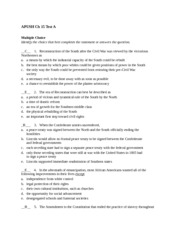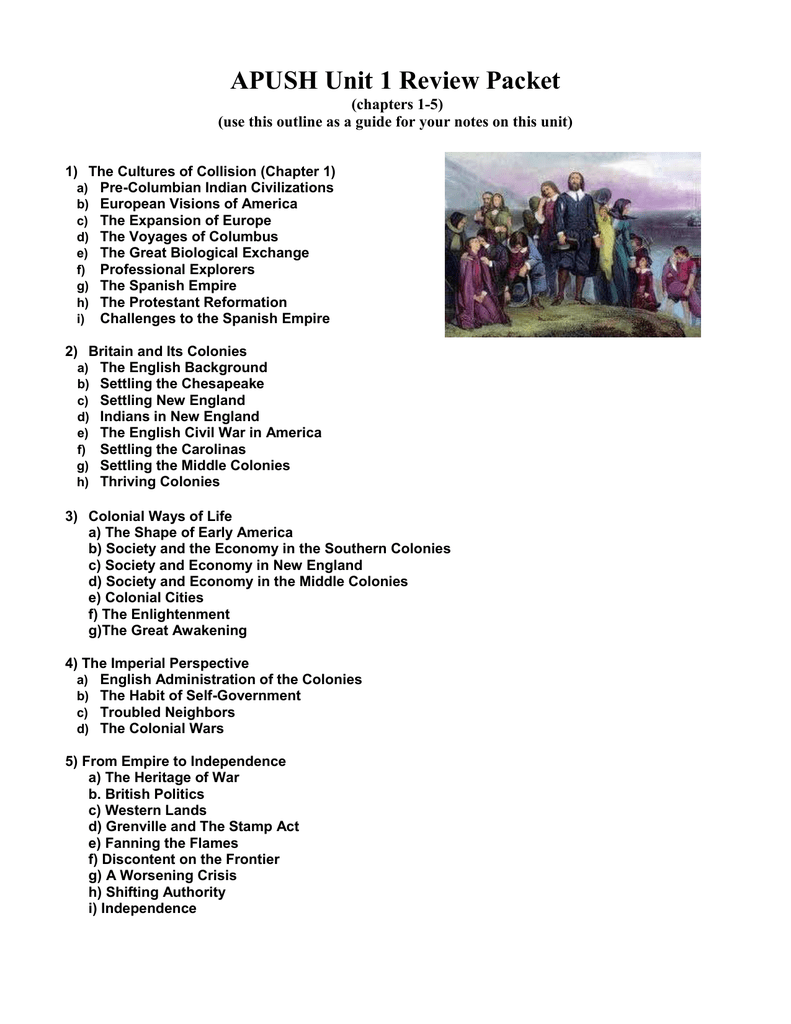

Iv)Majority of slave-owners small farmers, but majority of slaves lived on medium + large plantations-less intimate owner/slave relationship Iii)Despite provisions of law variety within slave system b/c white owners handled most transgressions, conditions. Anyone suspected w/ trace of African blood defined as black Ii)Slavery regulated by law, slave codes forbade property, congregation, teaching a slave. I)Called “peculiar” by Southerners b/c was distinctive from N., Western world Vi)Even the south’s poorest members (“clay eaters”) who owned no profitable land did not offer great opposition to society-greatest factor binding all classes together was perception of race and members of ruling race V)Belief that assault on one hierarchical system (slavery) would threaten another hierarchical system (patriarchy) Cotton boom of 1850s gave them hope of economic betterment Also large sense of democracy + political participation gave sense of cnxn to societal order. Iv)Most nonslave-owning whites lived in middle of plantation system and were tied to it, relied on planters for markets, credit, and linked thru kinship. Iii)Majority excluded from planter society, but opposition to elite limited mainly to “hill” and “backcountry” ppl who were secluded, unconnected to commercial economy, and loyal to whole nation and above sectional fighting Ii)Little prospect of bettering position b/c southern educational system provided poor whites with little opportunity to learn and therefore advance Mainly subsistence farming- lacked resources for cotton or to expand operations I)Typical person not planter + slaveholder but modest yeoman farmer. Ii)Less educational opportunities, higher birth rate and infant mortality rate White men more dominant + women subordinate than in North- solitary farm life w/ no access to “public world” led to main role wife, mother I)Lives of affluent centered in home, little role in public activities or as wage earners. Ethical ideal and bravery but also public appearance of dignity & authority- anything to challenge dignity or social station a challenge
#COURSENOTES APUSH CH 11 CODE#
I)White males adopted code of chivalry that obligated them to defend their “honor”. Iv)After struggling to reach their position in society they were determined to defend it-perhaps why defense of slavery and South’s “rights” stronger in booming lower South and weaker in more established areas Iii)Growing crops profitable but as competitive and risky as industry in North

Saw themselves as aristocracy, though most wealth was recent Ii)Planter aristocracy (those earning 40+ slaves and 800+ acres of land) exercised power and influence greater than their number. I)Majority of ppl didn’t own slaves (only ¼ did), of those small % owned many

Ii)Lack of commercial growth also b/c traditional values distinctive to South discouraged cities + industry- elegance, more refined life than rapid growth Wealthy had already invested much of their capital into land + slaves

I)Despite “colonial dependency” South did little to industrialize b/c agricultural system + cotton so profitable, little incentive to look beyond. Iii)Some southerners recognized economic subordination to north and advocated for economic independence- New Orlean James De Bow- De Bow’s Review Inadequate transport system: few roads, canals, nat’l railroads Ii)Primitive banking system did not allow for structures necessary for industrial development. Non-farm commercial sectors mainly served needs of plantation economy- brokers who marketed crops, acted as merchants and lenders I)Business classes and manufacturers unimportant, slow growth + mainly in upper South. Iv)“Lower South”/ “Cotton Kingdom” attracted many seeking profits, also slaves Iii)Beginning 1820s production of cotton moved westward into Alabama, Mississippi, LA, TX, AK. Demand for cotton growing b/c of rise of textile industry in GB 1820s/30s and New England 1840s/50s-new lands and expansion to meet new demand Ii)Decline of tobacco in upper South led not to industrialization but growing of short-staple cotton- could grow in difft env’ts, w/ cotton gin now profitable. Southern regions of South (SC, GA, FL) continued growing rice, Gulf some sugar-crops limited b/c hard to cultivate By 1830s upper South began to grow wheat, tobacco growing shifted westward. I)19th century upper South (VA, MD, NC) cultivated tobacco, but unstable prices and exhaustive of soil.


 0 kommentar(er)
0 kommentar(er)
